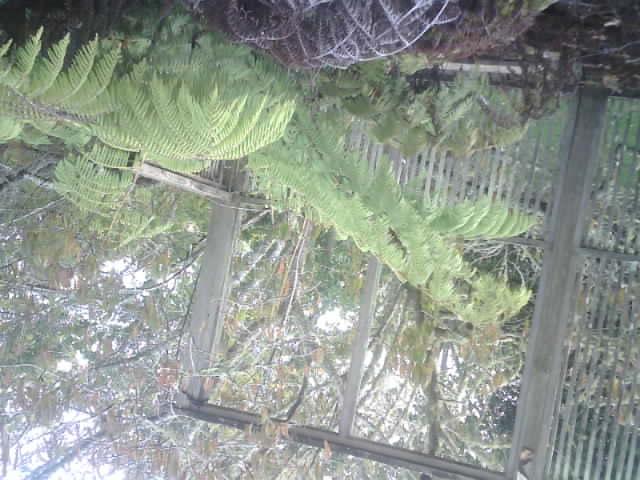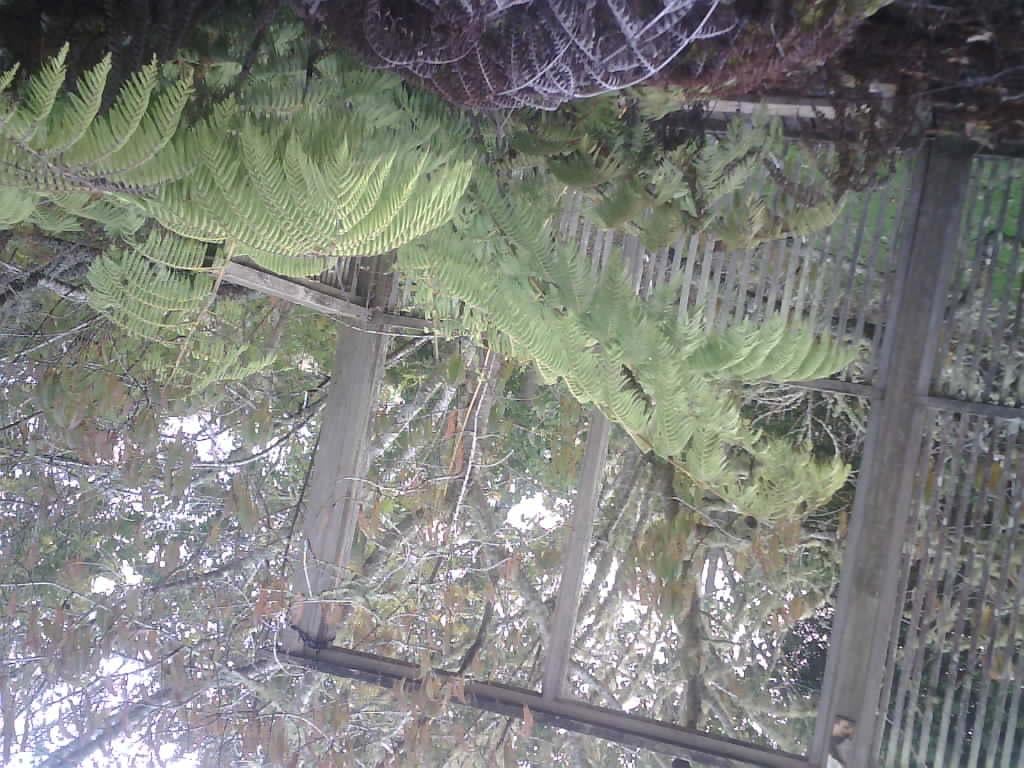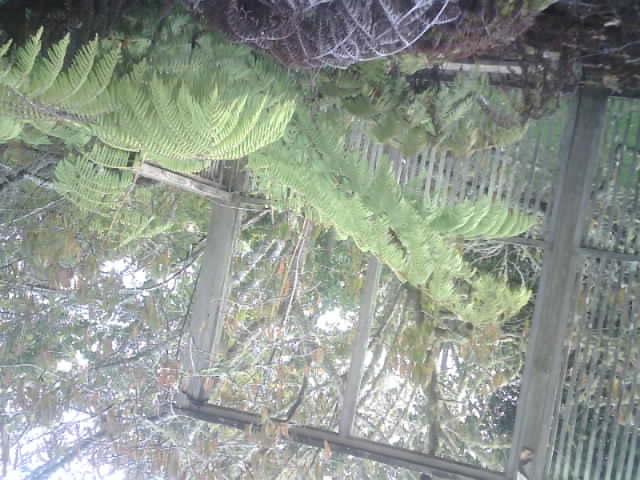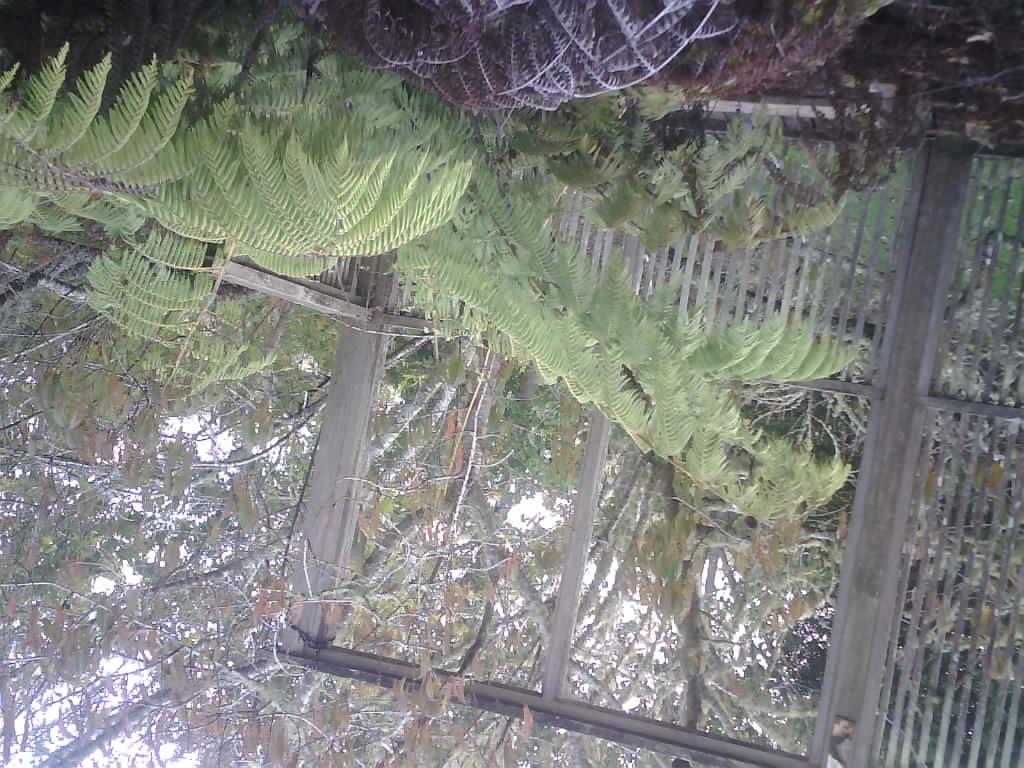@sergei.nz
First of all I have to apologize you have so many problem with our camera.
I have measured the power consumption and at 5V it sucks 100mA, with ESP8266 it pushes towards 180mA (total), and that is without doing anything.
The best way to save power, you have to control the power to the camera. When idle you have to switch off the camera power supply, so that there will be no power consumption from the camera.
For a test I hooked up a rPi Zero with a random UVC camera and whole thing consumed 200mA. Remember rPi Zero is way more powerful than an ESP8266 (and I don’t need to worry about some arcane bitbanging because I could simply ffmpeg the /dev/video0).
The SPI camera is different from the UVC camera, becaues you can not connect a UVC camera to ESP8266.
It seems that this product is really unfinished. Since the board has a micro on it already why do we as end users have to bitbang the undocumented registers to get the thing to bare minimum? Why doesn’t onboard micro take care of it?
It is quite old product indeed, which is designed during 2012~2015. We provide source code for Arduino library and examples and modify based on them. Actually there is no onboard micro, it is just a camera controller using FPGA, it can't too much work, so need micro like Arduino to handle other tasks. You can find the document and all registers from the link: https://www.arducam.com/docs/spi-cameras-for-arduino/
It should only had one bus (SPI).
Like I mentioned above, there are lot of register need to be written before normal working, sowe leave the sensor intialization procedure for the Arduino due to the architecture constrain. Single SPI bus is a good idea, we have such customized camera for other private projects.
It also lacking quality control, as one of the wires that came with the camera was broken thus wasting half a day of my time going on the wild goose chase.
Sorry for the cable, but you can email us for help to do quicker diagnose, we have very experienced engineers here. Or even a short phone call for remote support.
I still haven’t managed to get it going. The least arducam could have done is to provide official library for micropython.
The camera is designed for Arduino standard library many years ago. We are new to micropython, but we heard there is some else ported our library to micropython already.
https://github.com/namato/micropython-ov2640
For the money ($30USD) the camera is not worth it. Especially when it comes with broken wires, and poor documentation.
Yes, it is retail price is 25.99USD with free shipping, might be expensive compared to some of the other cameras. But it also has advantage that you can use it on any microcontroller like Arduino, ESP8266, ESP32, Raspberry pi and many others, no hardware platform constrain. And you can use even 4 of this camera on the same microcontroller as well. Although there are cheap UVC camera, but you can't use it on Arduino or ESP boards. We have several online Youtube tutorials and documents from : https://www.arducam.com/docs/spi-cameras-for-arduino/ Any advice on improving our document is appreciated.
https://www.arducam.com/docs/spi-cameras-for-arduino/
To add insult to the injury this forum sign up/login process is utterly broken.
In Firefox the captcha often is not displayed (most of the time) and when clicked “I am not a robot” it still fails to loginl. In Chrome I barely managed to login (I had to fail first in the forum post so it would redirect me to dedicated login page). Not only this, but the verification email link went to 404?
Yes, we faced a lot of problem when updating our website/forum, there might be accessing problem during this time. Our engineer is working hard to fix it, and now it is working as normal.
In addition to that I haven’t got any reply from arducam staff (via contact form on this site).
I am not sure which email address you are using, why we missed your email. We have hundreds of email every day from different email account, we might miss something. But from the auto reply, we left our phone number or skype ID, that you can reach us more easily and fast.
Saying all that I am still after a camera solution with which I can simply grab jpeg stills at reasonable resolution, any recommendation are welcome. It has to be low power otherwise I would simply just fitted an IP CCTV camera at the location be done with it.
We will try our best to help you with your application. As you know there are too many aspect sto be discussed for a given application, it is more wise and efficent to contact us with skype and talk over the phone.
Thanks for your patience so far.
Lee








